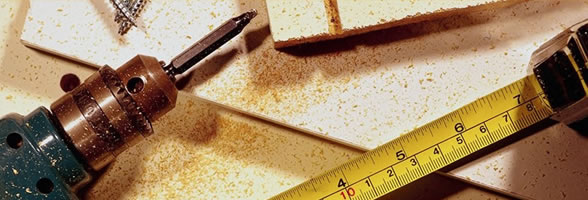
Merkel Cell Carcinoma: Histologic Features and Prognosis

Aleodor A. Andea, MD, Daniel G. Coit, MD, Bijal Amin, MD, Klaus J. Busam, MD. CANCER, 2008;113:9
In a retrospective review of the tumor histology and clinical outcome data (median follow-up, 51 months; range, 3-224 months) of 156 patients with a diagnosis of MCC, the following histologic features were evaluated: tumor thickness, tumor size (greatest dimension of the tumor), microanatomic compartment involved by tumor (dermis and/or subcutis and/or deeper), tumor growth pattern (nodular circumscribed vs infiltrative), lymphovascular invasion (LVI), tumorinfiltrating lymphocytes, tumor necrosis, ulceration, and solar elastosis.
RESULTS. The overall 5-year survival rate was 67.5%. On univariate analysis, parameters that were associated significantly with survival were tumor thickness (P 5 .001), tumor size (P 5 .0002), deepest anatomic compartment involved by tumor (P 5 .0003), tumor growth pattern (P 5 .003), LVI (P < .00001), tumor-infiltrating lymphocytes (P 5 .05), and solar elastosis (P 5 .04). On multivariate analysis, the presence of a nodular growth pattern, low tumor depth, and absence of LVI were associated with longer survival.
CONCLUSIONS. In addition to the known prognostic value of tumor stage, 3 histologic features were identified to have prognostic significance: tumor thickness (depth of tumor invasion), the presence of LVI, and tumor growth pattern.
